Microsoft Power Platform Developer PL400 Course Outline
Module 1: Use Imperative Development Techniques for Canvas Apps in Power Apps
- Imperative Versus Declarative Development
- Three Types of Variables in Power Apps
- Global Variables
- Contextual Variables
- Collections
- Additional Variable Concepts
- Exercise - Using Variables and Collections
Module 2: Perform Custom Updates in a Power Apps Canvas App
- Sometimes You Need Something More Than Forms
- Use the Patch Function to Create and Edit Records
- Delete Records from Data Sources and Collections
- Use the Patch Function to Update a Gallery
Module 3: Use Dataverse Choice Columns with Formulas
- Introduction
- Filter Dataverse Choice Columns with Power Fx Formulas
- Modify Choice and Choices Values
- Exercise - Dataverse Choice Columns
Module 4: Reduce Complexity in Your Data Model with Dataverse Table Relationships
- Introduction
- Work with One-To-Many Relationships
- Work with Many-To-Many Relationships
- Exercise - Work with Dataverse Relational Data
Module 5: Work with Relational Data in a Power Apps Canvas App
- What Is Relational Data?
- Work with Relationships in Power Apps
- Exercise - Work with Relational Data
- Microsoft Dataverse for Apps Makes Relationships Even Easier
Module 6: Work with Data Source Limits (Delegation Limits) in a Power Apps Canvas App
- Delegation Overview
- Functions, Predicates, and Data Sources Combine to Determine Delegation
- Delegation Warnings, Limits, and Non-Delegable Functions
Module 7: Complete Testing and Performance Checks in a Power Apps Canvas App
- Importance of Thinking About Performance
- Improve Performance with Data Sources
- Testing and Troubleshooting Your App
- Exercise - Use the Concurrent Function to Test Performance
Module 8: Optimise App Load Time
- Introduction
- Use Monitor to Troubleshoot App Start Performance Issues
- Optimise App.OnStart
- Data Load Strategies
Module 9: Use Monitor to Troubleshoot Power Apps
- Introduction
- Identify and Resolve Common Problems
- Collaborate by Using Monitor
- Exercise - Troubleshoot and Debug Monitor
Module 10: Use Power Apps Instrumentation with Application Insights
- Introduction
- Set Up an App for Application Insights
- View Application Insights Data
- Custom Logging with Trace
- Exercise - Collect and Analyse Telemetry Data
Module 11: Get Started with Power Automate
- Introducing Power Automate
- Create Your First Flow
- Exercise - Create Recurring Flows
- Exercise - Monitor Incoming Emails
- Exercise - Share Flows
- Troubleshoot Flows
Module 12: Introduction to Expressions in Power Automate
- Introduction to Expressions
- Get Started with Expressions
- Notes Make Things Easier
- Types of Functions
- Write Complex Expressions
- Exercise - Creating a Manual Flow and Using Expressions
Module 13: Use Dataverse Triggers and Actions in Power Automate
- Introduction
- Dataverse Triggers
- Query Data
- Create, Update, Delete, and Relate Actions
- Exercise - Create a Cloud Flow with a Dataverse Connector
Module 14: Introduction to Microsoft Power Platform Developer Resources
- Introduction to Microsoft Power Platform for Developers
- Overview of Dataverse and the Common Data Model
- Extending Power Platform with Azure
- Power Platform Environments
- Exercise - Prepare Development Environment
Module 15: Use Developer Tools to Extend Power Platform
- Introduction to Developer Power Platform Tooling
- Exercise - Use the Power Apps CLI
- Solutions Overview
- Deploy Apps with Package Deployer
- Exercise - Install and Use Developer Tools
Module 16: Introduction to Extending Power Platform
- Introduction
- User Experience Extensibility
- Dataverse Extensibility
- Exercise - Create a Custom API
- Determine When to Configure or When to Code
Module 17: Work with Dataverse Web API
- Introduction to the Microsoft Dataverse Web API
- Insomnia
- Authenticate Against Microsoft Dataverse Using OAuth
- Use OData to Query Data
- Use FetchXML to Query Data
- Call Power Automate Actions from the Web API
- Use the Web API to Impersonate Another User
- Track Entity Data Changes with Change Tracking and the Web API
Module 18: Perform Common Actions with Client Script in Power Platform
- Introduction to Client-Side Scripting
- Upload Scripts
- Event Handlers
- Context Objects
- Client Scripting Common Tasks
- Exercise - Use Client Script to Hide a Form Section
Module 19: Automate Business Process Flows with Client Script
- Client Scripting Best Practices
- Debugging Client Script
- Exercise - Use Table Data from Client Script
Module 20: Build a Power Apps Component
- Introduction to Creating a Code Component
- Create a Code Component Solution Package
- Test and Debug Code Components
Module 21: Introduction to Dataverse for Developers
- Introduction to Developing with Microsoft Dataverse
- Microsoft Dataverse Extensibility Model
- Event Framework
Module 22: Extend Plug-Ins in Power Platform
- Introduction
- Plug-Ins Usage Scenarios
- Plug-In Execution Context
- Exercise - Write Your First Plug-In
Module 23: Integrate Dataverse Azure Solutions
- Microsoft Dataverse Azure Solutions Overview
- Expose Microsoft Dataverse Data to Azure Service Bus
- Write a Service Bus Event Listener That Consumes Microsoft Dataverse Messages
- Publish Microsoft Dataverse Events with Webhooks
- Write an Azure Function That Processes Microsoft Dataverse Events
Module 24: Explore Azure Functions
- Introduction
- Discover Azure Functions
- Compare Azure Functions Hosting Options
- Scale Azure Functions
Module 25: Develop Azure Functions
- Introduction
- Explore Azure Functions Development
- Create Triggers and Bindings
- Connect Functions to Azure Services
- Exercise: Create an Azure Function by Using Visual Studio Code
Module 26: Configure Custom Connectors with Authenticated APIs in Microsoft Power Platform
- Introduction
- Authentication Options
- Use APIs with Azure AD
- Configure Microsoft Entra ID Authentication
- Exercise - Use Graph API from a Custom Connector
- Share and Move Between Environments
Module 27: Configure Policy Templates for Custom Connectors in Microsoft Power Platform
- Introduction
- Use Expressions to Access Runtime Values
- Use Policies for Data Conversion
- Configure Host URL and Routing
- Add or Update Values
- Exercise - Use a Policy Template to Dynamically Set the Host URL
Module 28: Create Microsoft Power Platform OpenAPI Custom Connectors
- Introduction
- Use OpenAPI Extensions
- Use the Dynamic List of Values Extension
- Use Dynamic Schema
- Exercise - Use OpenAPI Extensions
Module 29: Manage Solutions in Power Apps and Power Automate
- Introduction
- Add and Remove Apps, Flows, and Entities in a Solution
- Edit a Solution-Aware App, Flow, and Table
- Exercise - Import and Export Solutions
- Build and Deploy a Complex Solution with Flows, Apps, and Entities
- Automate Solution Management
Module 30: Introduction to Solutions for Microsoft Power Platform
- Introduction
- Solution Layering
- Solution Architecture Tools and Techniques
- Use Version Control for Solutions








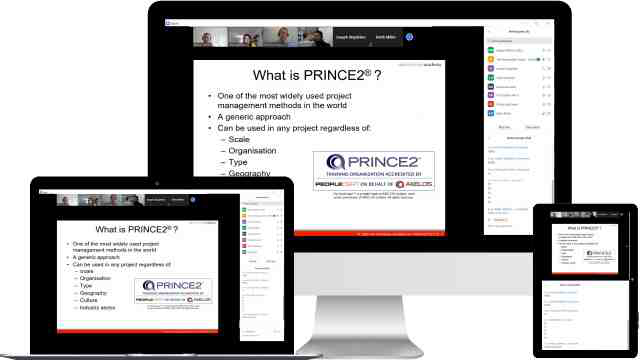
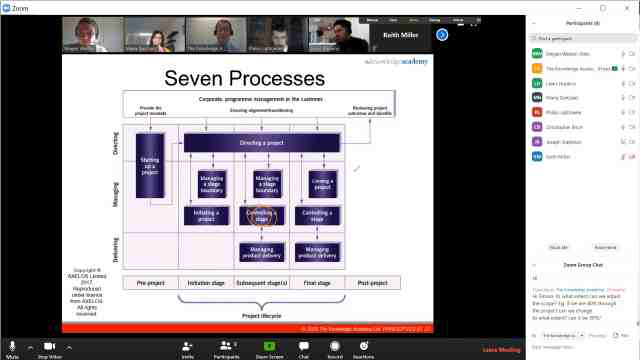
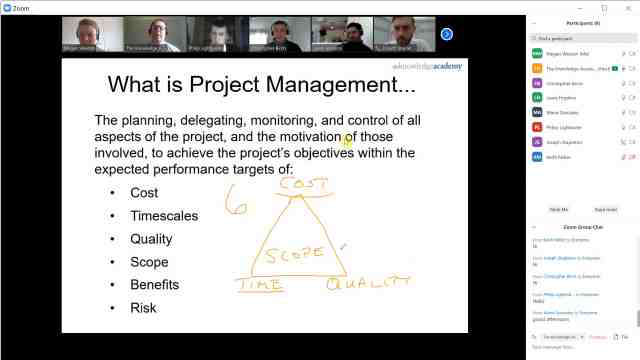
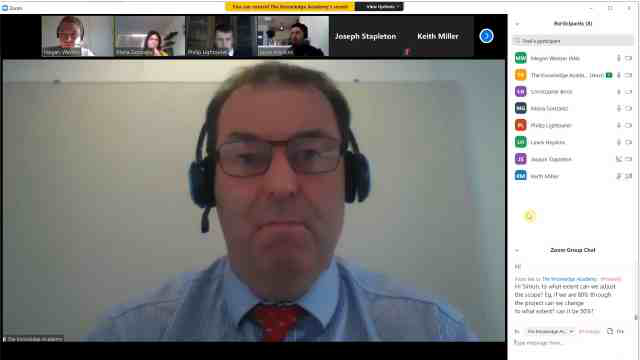
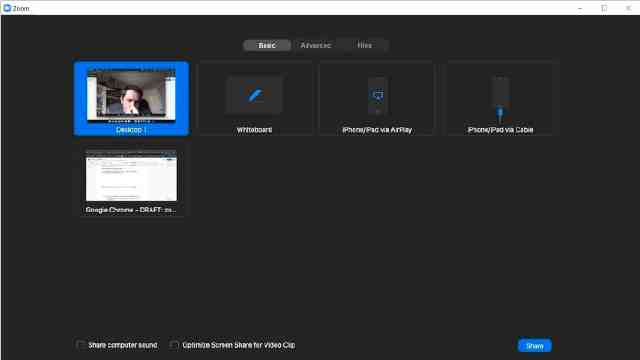





























 Back to course information
Back to course information




 If you wish to make any changes to your course, please
If you wish to make any changes to your course, please

